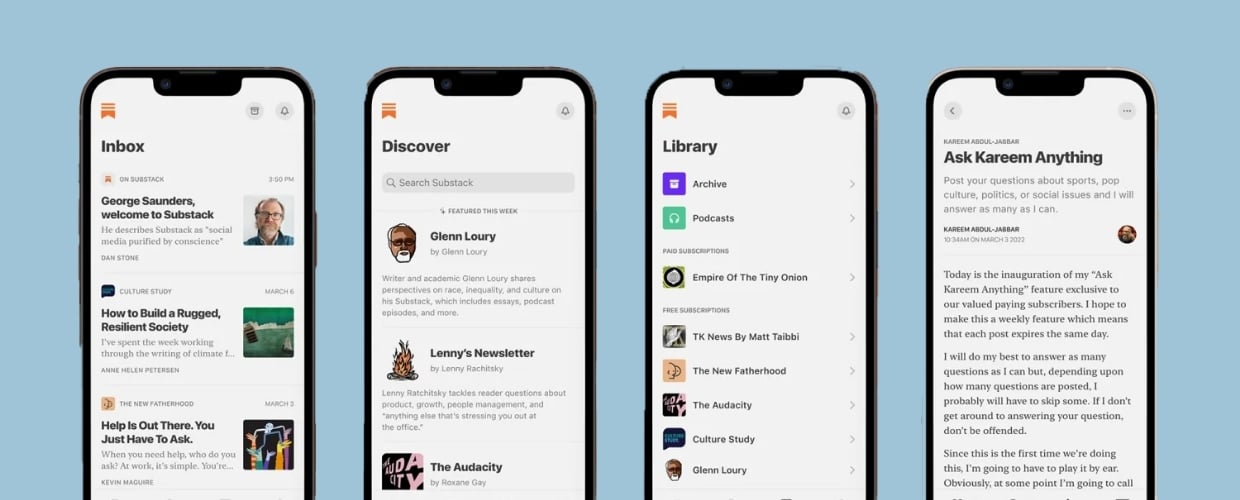Grow your brand with an integrated marketing approach
Integrated marketing is a consistent and highly collaborative approach to marketing. It means that every element of your brand experience is working together toward your goals and growth.
When it’s done right, it creates a unified brand experience, compelling points of engagement for your audience, and convenient interactions with your customers at every stage of their buying journey.
This seems simple, but it can be extremely challenging to deliver a consistent brand experience in today’s world. The world of communication has evolved at an incredibly fast clip over the past two decades, and integrated marketing has been along for the ride.
Think about how the elements of a modern marketing campaign are usually created: Your website, your social media channels, your video segments, your lead-generation campaigns, your print collateral, your press releases, and your advertising campaigns are all likely developed by different individuals, different teams, or different agencies. The work can easily become siloed, leading to inconsistent messaging, an inconsistent look and feel, and ultimately an inconsistent experience for your audiences.
Here’s why that’s a big deal: Consistency is a key driver of brand affinity and growth. According to recent research by Salesforce, 60 percent of shoppers will switch brands if they are met with an inconsistent brand experience.
Luckily, the fundamentals of integrated marketing haven’t changed in this era of infinite disruption. What has changed are the tools, the opportunities, the audience expectations, and the potential impact of your work.
So, how do you ensure all your marketing efforts are working together in an integrated, holistic, and consistent way? The process begins with understanding the various elements of an integrated marketing campaign – and the incredible value of a team that can bring all these elements together.
The end-to-end elements of integrated marketing
Persona development:
You know your brand like the back of your hand, but how well do you know your current and future customers? In-depth persona development can make or break a successful integrated marketing campaign. By developing audience personas, you will better understand buyer motivations, the challenges they face, and the channels and media outlets they visit regularly.
Brand messaging framework:
Now that you understand your audiences, it’s time to develop core messaging that will resonate with them and ensure consistency across all your communications channels. This may involve creating your brand mission, vision statement, key value propositions, and product messaging from scratch – or it may involve revisiting existing brand messaging to make sure it speaks to your target personas.
Earned, owned, and social media strategy:
Your audience personas and core messaging will inform your media storylines and outreach, the videos and blogs you produce in-house, the social media platforms you post to, and the media outlets you consider for contributed bylines. Your earned, owned, and social media efforts should be developed collaboratively, not in siloes. Instead, they should amplify one another and cross-promote your various content assets.
Design and digital strategy:
Conversions are critical, but in the realm of integrated marketing, they’re not the only important metric. (We’ll discuss conversions in the demand generation section below.) You’ll also need content and visual elements that convey your brand identity in clear and engaging ways, intuitive navigation built around the primary needs of your audience, fast-loading pages with copy optimized for search engines, and the ability to implement changes quickly based on current campaigns and promotions. Thoughtful design and digital strategy will ensure that your website is serving your customers beautifully, and it will directly impact your business growth.
Content development and optimization:
Many brands charge full speed ahead on content development before all the critical groundwork has been completed. By finalizing your audience personas, core brand messaging, media strategy, and digital strategy first, you’ll have a comprehensive playbook for the types of content you’ll need to develop. You’ll also have the insights you need to make wise decisions on the best formats for each piece of content, from white papers to video segments to podcasts to blog posts. Content strategy, social strategy, design, and digital strategy are all closely related: Each one will play a key role in optimizing content for specific audiences and amplifying reach on various channels.
Media relations:
Likewise, many brands seek immediate media coverage before they develop a clear direction for their brand messaging, key storylines, and the ideal target outlets and reporters for each story. It’s crucial to remember that if you don’t know what your brand story is, neither will the reporters you’re trying to reach. An effective media relations campaign begins with a tremendous amount of strategy and planning before the pitches go out. Whether you’re trying to build brand awareness or launching a new product, your persona development, brand messaging, media strategy, digital strategy, and content development efforts will build the foundation for media relations success.
Virtual and in-person events:
A unified brand experience should be reflected in your presence at events – both in-person and virtual events conducted over streaming video. Whether you’re putting together a media tour to brief the press on your latest news, planning your presence at a major conference, or conducting a virtual announcement or panel on Zoom, your foundational brand messaging and strategy should come through loud and clear.
Generating and nurturing leads:
By this stage, you’ve attracted plenty of potential customers through coverage in the media, compelling content, engaging social experiences, and a website that delivers everything your target personas are looking for. Now it’s time to convert those visitors into loyal customers. To do that effectively, you’ll need to understand each stage of their customer journey, be able to anticipate their needs, and deliver the right content on the right channels at the right time.
The right partner will be your integrated marketing MVP
You’re probably thinking, “That’s…. a lot.” You may need a helping hand or 100 to make sure everything runs smoothly. The ideal partner will do more than execute every element on that to-do list. They’ll be the glue that connects all those pieces together, helping you deliver a consistently compelling brand experience to your ideal audiences.
That’s where Airfoil comes in. We offer decades of experience building every piece of the integrated marketing puzzle, and we also know how to tie all those elements together. Whether you’re looking for help on certain aspects of your marketing efforts or the full end-to-end package, let’s talk about how we can make your big breakthrough happen. Contact our team today.





